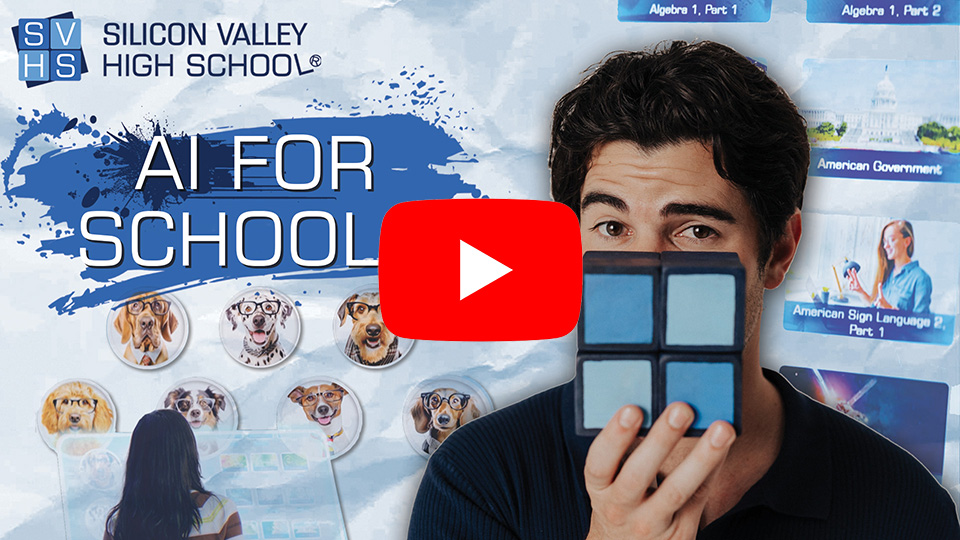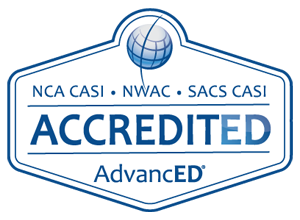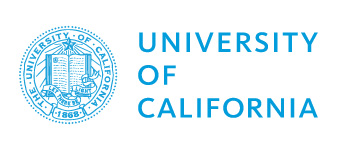In the late 1990’s I built a web browser and online service for kids called SurfMonkey. It was possibly the first Internet-enabled app, designed to open the Internet to kids, making the experience fun, safe and easy. I was convinced that the world wide web would become the world’s biggest library and the most valuable educational resource ever published. Instead of just cutting kids off from the Internet, to protect them from the bad stuff, we curated a directory of the best web content available and we linked them to it through our own browser and portal. We then gave them a buddy-list and enabled them to communicate with these parent-approved friends through email, chat and video-conference. This was in the 1990’s—which proved to be a problem because it was a little too early.
Anyhow, this experience comes to mind as I write this blog post about the content management system we’ve developed here at Silicon Valley High School. Yes, I was right, and it was pretty obvious, that the web has grown into the world’s largest library and educational resource, but harnessing all that educational content and managing it is not easy.
As discussed in a previous blog, we use Moodle as the base platform for our learning management system. The volume and quality of educational videos, articles, papers and interactive content has exploded in recent years. Of course, there’s a lot of junk online, but there’s also a growing resource of really high quality content that is available for public consumption.
Our courses are self-paced, video-based and teacher-supported. Quality videos are rapidly replacing classroom lectures for delivering educational concepts, providing students with the ability to stop, rewind and replay as many times as they need to master the materials. In each unit of our courses, students watch videos and read accompanying discussion in the form of web pages. Students are then quizzed to make sure they have understood and gained sufficient comprehension of the subject presented. We believe this is an effective learning process, but comes with its own problems.

We offer students more than 50 online courses in areas like Math, English, Science, Social Science, Art and Electives. Each unit in each of these courses features videos and web pages curated from the web. For each video and each web page, we write dozens of quiz questions. So, what happens when the video or web page disappears offline?
Well, there’s a hole in the course and the quiz questions we designed to test the student’s comprehension that missing content are now a little unfair, as we’re testing students on content that’s disappeared. A quiz question on the date the US Constitution was signed wouldn’t be fair when the video providing the date was no longer part of the course. We figured out early on that all the quiz questions need to be associated with the content they’re testing. As a result, when a video or other piece of content disappears from the web, we can identify the questions affected and we can either change those questions, and/or we can find or create replacement content. This is a job requiring one or more teachers with expertise in the subject matter, a quality control team who manages this process and a content management system supported by our team of software engineers.
Our content management system has taken several years to develop and perfect because it’s not an easy problem to solve. It’s also something of a moving target. Our system catalogs all the content featured in our courses. That’s thousands of videos and web pages. It has to maintain this catalog and keep it up to date when courses are updated and new content is added or removed. Then the system has to “ping” the video or web page to see if it’s still alive. When it finds a piece of content is dead—no longer available online, then it has to inform the quality control manager who then works with a teacher to find or create a replacement.
But how do you replace a piece of content that is no longer online? How do you know what educational materials were covered in the video or the web page, if you can no longer find it? Well, the content management system has to download and archive copies for our reference. This is not as easy as it sounds, as video publishing platforms typically restrict bots from downloading videos. It’s been a software engineering challenge that we have had to solve more than once because the video publishers change their security settings over time.
Since 2013, our software and quality control team have developed a content management system that enables us to integrate quality web-based content while maintaining the integrity of our courses as videos and other materials are removed and replaced over time. We had to build this system ourselves, and it’s unique as this capability was not provided by Moodle or any of the plug-ins on the market.
Of course, the whole process cannot be automated and we have a quality control team and teachers who rely on our content management system to help them update and replace videos, web pages and the associated quiz questions, unit tests, assignments and final exams. Without such a system, our courses would go out of date very quickly. Thankfully, we’ve invested several man-years of software development in building this system and putting the procedures in place to maintain the integrity of all our courses, and keep them on the leading edge.
By David Smith, Founder & CEO of Silicon Valley High School

A former Apple World Marketing Manager, David has more than 30 years’ experience of founding and managing technology startups. He holds a JD from Santa Clara University School of Law, Post Graduate Diploma in Marketing from the University of Westminster and a BS (Honors) Computer Science and Economics from the University of Leeds. In the 1990’s David founded and acted as CEO for SurfMonkey, the leading web browser and Internet safety service for children. David has authored several books on business and intellectual property and is recognized by IAM magazine as one of the world’s leading intellectual property strategists.























